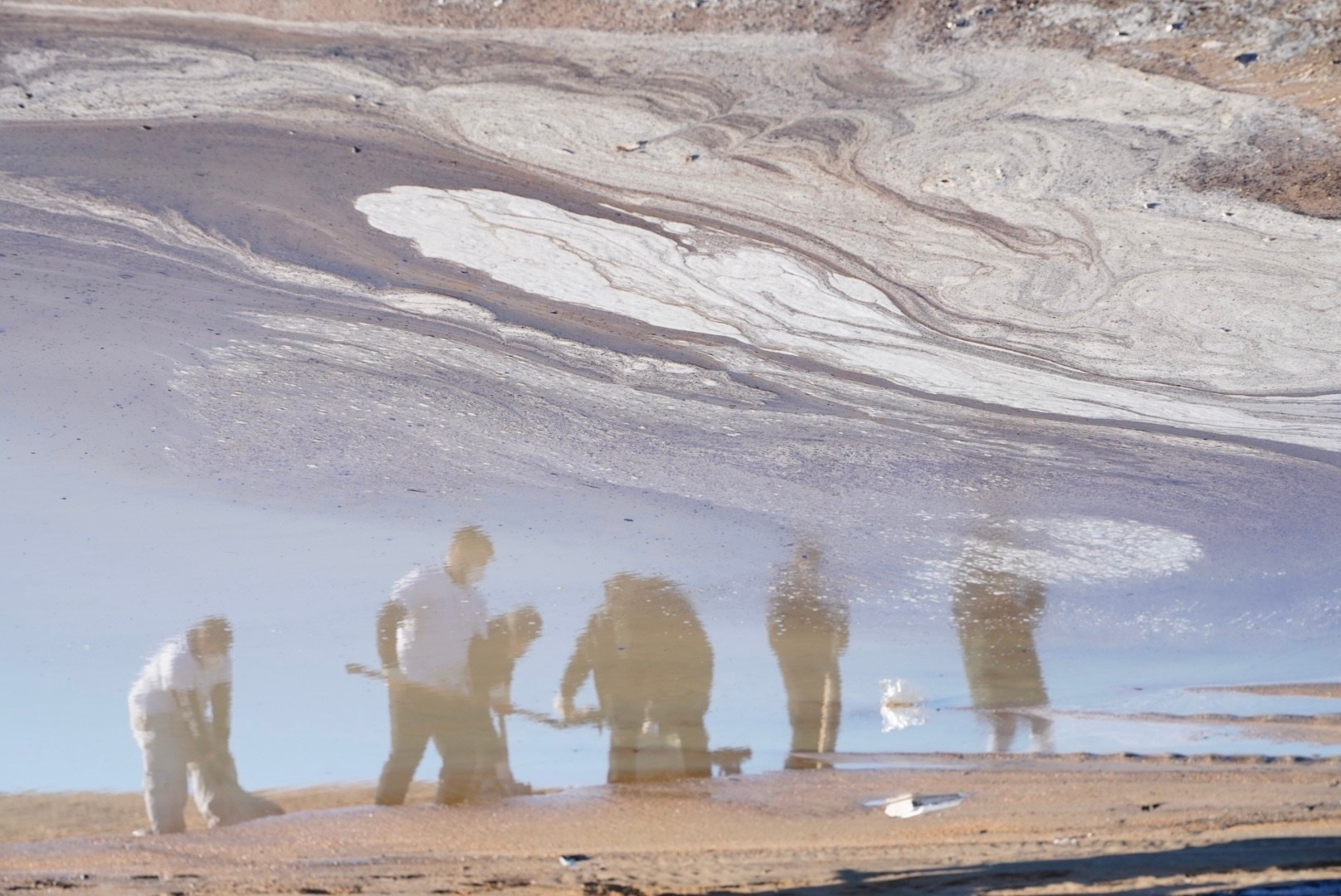
The release of fuel oil in Anapa
Arriving at Anapa railway station at 7 a.m., we walked towards the sea and reached the village of Vityazevo. Although it is not included in the administrative boundaries of the city of Anapa, in fact, this village is a suburb of Anapa. When we reach the beaches, the first thing that catches our eye is not the beaches with stuck fuel oil, but thousands of people-volunteers. These are students, men from the village of Krasnodar Krai, and single people from many parts of the country who came to help eliminate the consequences of the disaster. The picture is impressive not even by the number of people, but by the level of organization. And it is even more striking that most of this collective organization was not created with on the part of the authorities, and thanks to the initiative of a team of ordinary people who took on the role of cooperating in the process!
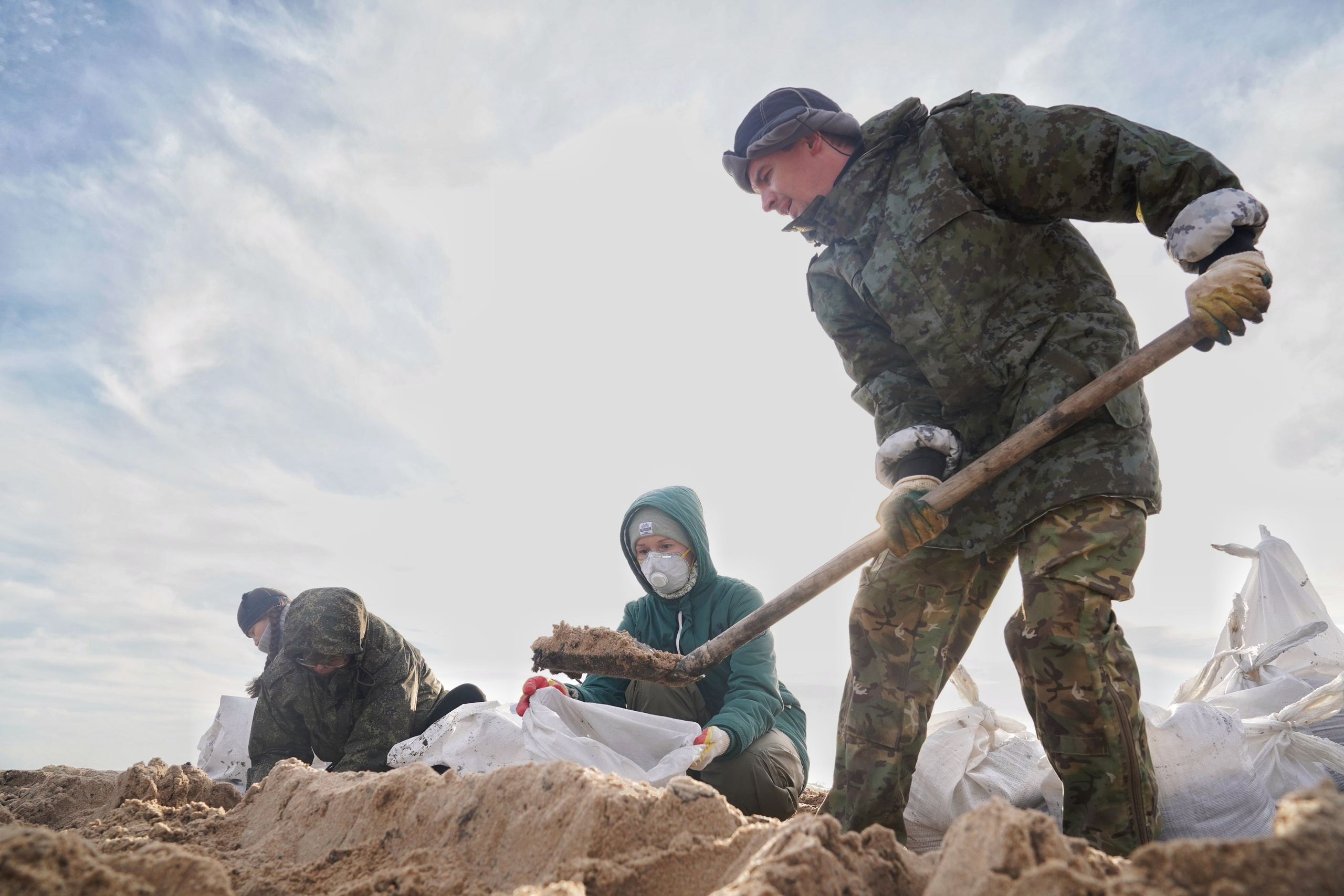
When the tragedy first happened, some people created a telegram chat in which people could coordinate with each other and understand clear tasks that needed to be completed. Every day, the chat was updated with new branches, such as where to find a free shuttle, where to go for free to eat and keep warm, where to get cleaning supplies, where to carry birds in fuel oil, and much more. Thus, a person who got into the chat even from another city could quickly figure out where to go, what to do, what to take with them. All the issues of the organization were clearly spelled out, and this, in my opinion, is a phenomenal example of how ordinary people can create platforms to solve important tasks in the shortest possible time. At the time of writing (December 23), there are already more than sixty thousand volunteers in the chat! As a result, almost the entire mass of people in front of our eyes in the morning at the beaches are volunteers who care about what is happening. At the same time, everyone can find something for themselves according to their skills and desires: someone is ready to help transport people in their car, someone buys inventory, someone works in a field kitchen, someone is engaged in washing birds from fuel oil in special headquarters. But of course, most people work on beaches: all the “stuff” of fuel oil on the sand needs to be loaded into bags along with dirty sand. Given the volume of this work, many thousands of people are engaged in this particular job.
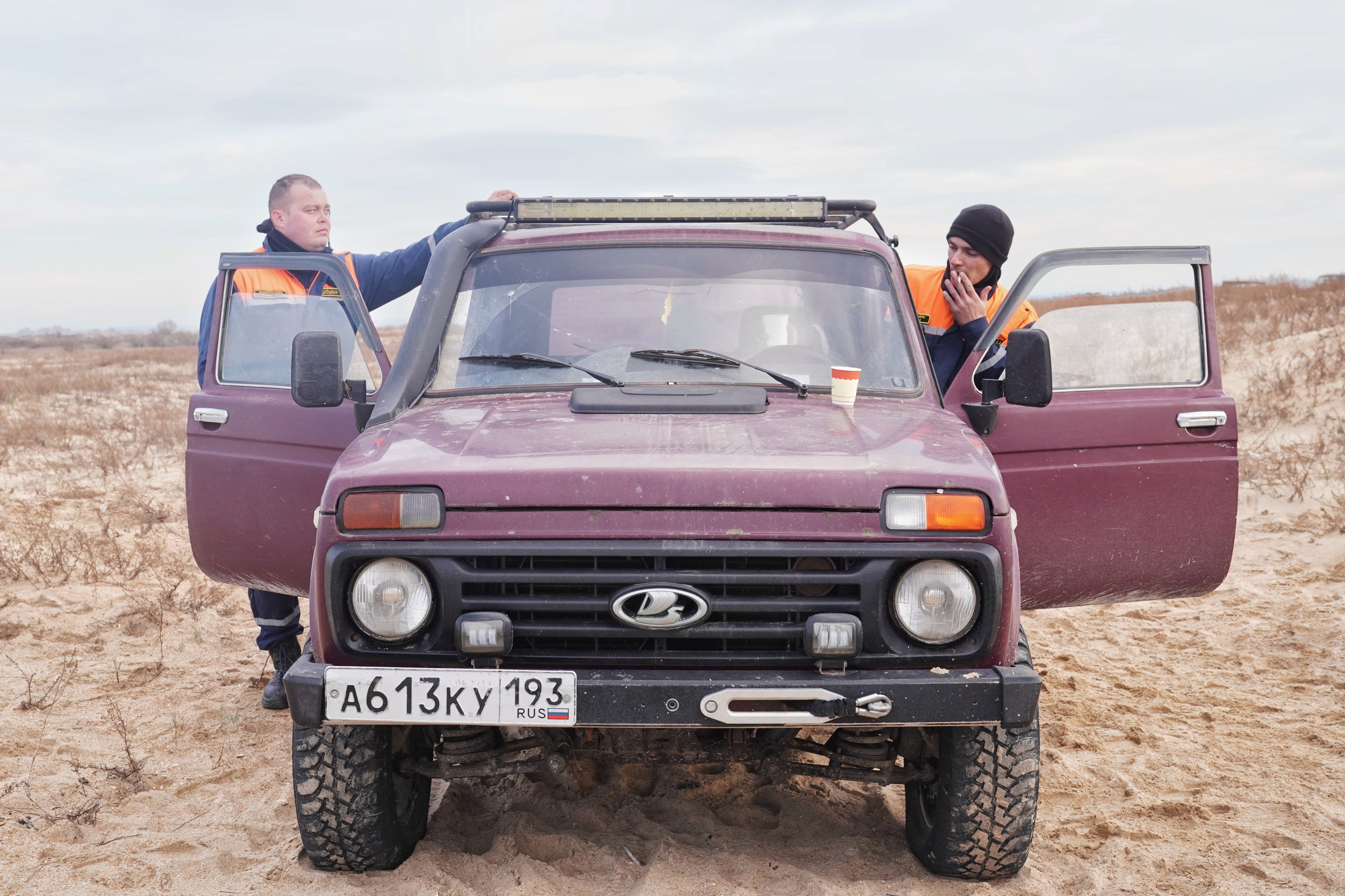
The prospects
Communicating with local residents who observe the arrival of fuel oil on the shore from the very first minutes, it was important for me to get their opinion on the prospects for solving this problem. And, unfortunately, many are convinced that the situation will be critical for at least several months. If you haven’t been to these beaches in the days of the disaster, it’s hard to visualize the full scale of the tragedy, but I’ll try to explain.
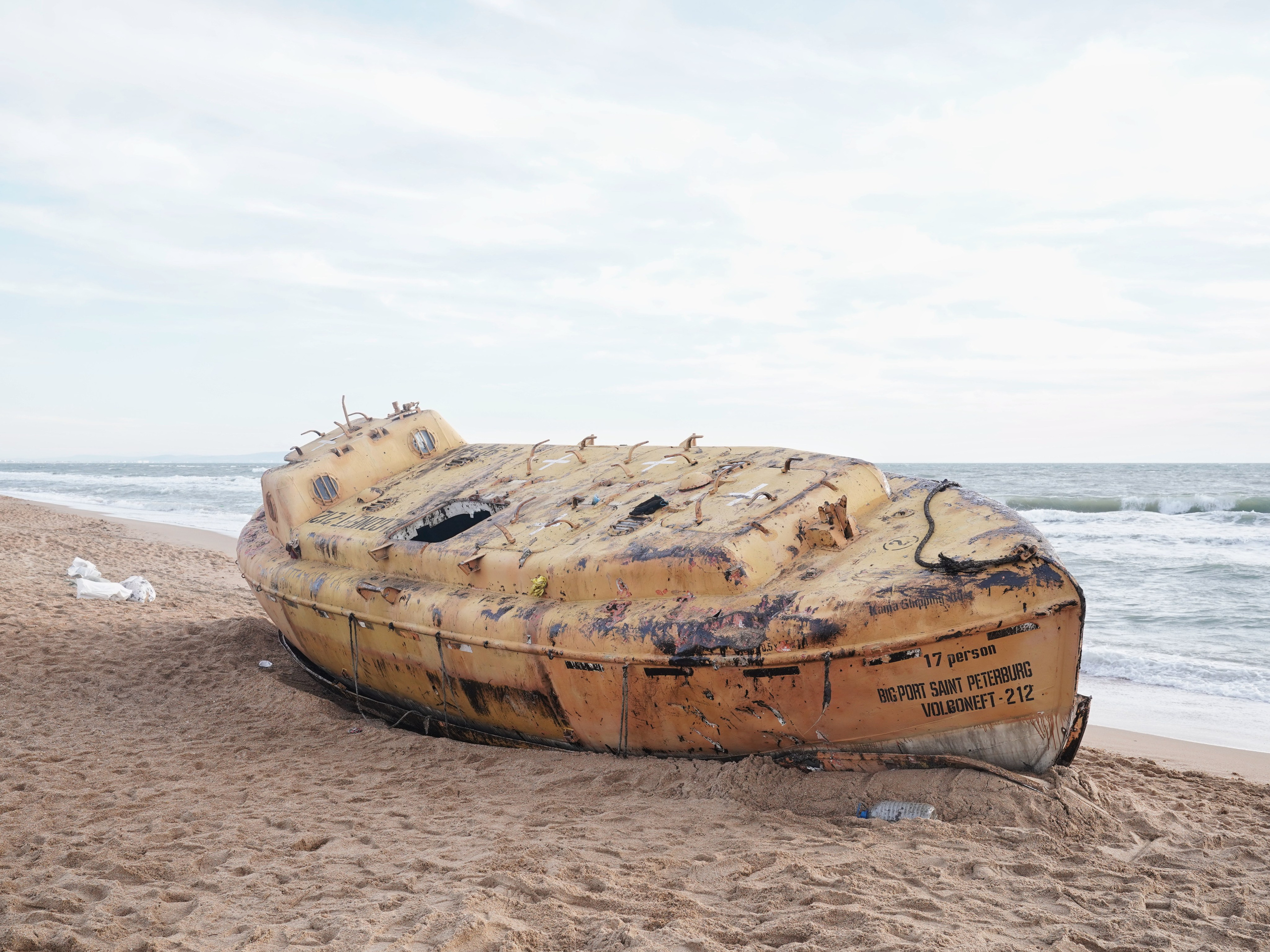
In front of you are wide sandy-shell beaches and even at a distance of 50-100 meters from the water there is a surface and deep layer in fuel oil, so the storm threw this stuff far away. These are not just pancake-sized “slabs” of fuel oil (although there are also many of them), they are sand mixed with fuel oil so that it becomes the same consistency. The stench is terrible, and without a respirator, my head starts to hurt very soon. And a lot of birds stuck to the fuel oil with their bodies adds even more sad tones to the picture. And so it went on for more than fifty kilometers.… Accordingly, in order to eradicate this gigantic volume of the problem, hundreds of thousands of man-hours, a lot of heavy equipment and a huge amount of money are needed. Seeing all this in person, the locals, reasonably, have great fears about a bright near future, because to eradicate all the consequences before the start of the flight season is to do a miracle. And not everyone believes that this is possible. But all the same, gritting their teeth and not even seeing the end of the work on the horizon, people work hard, making their small contribution to the cause.
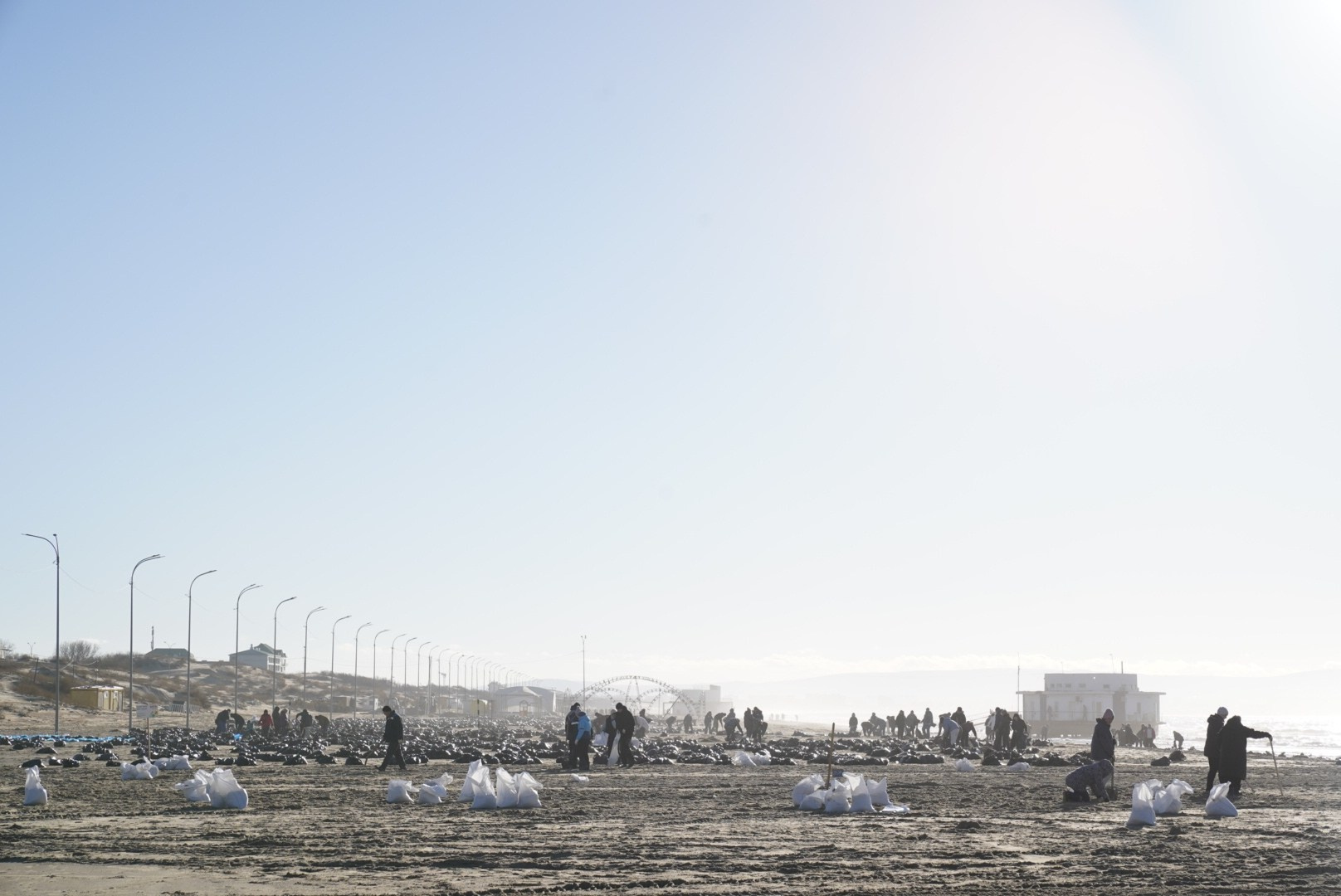
The problem is that although the bulk of the fuel oil arrived on shore in the first days after the disaster, it is constantly in small quantities. Groups of volunteers on one part of the beach can stand on one heel all day: as soon as you remove the pieces of fuel oil from the sand, the sea delivers the next batch in half an hour. And so it goes from day to day.
Damn the conveyor belt.
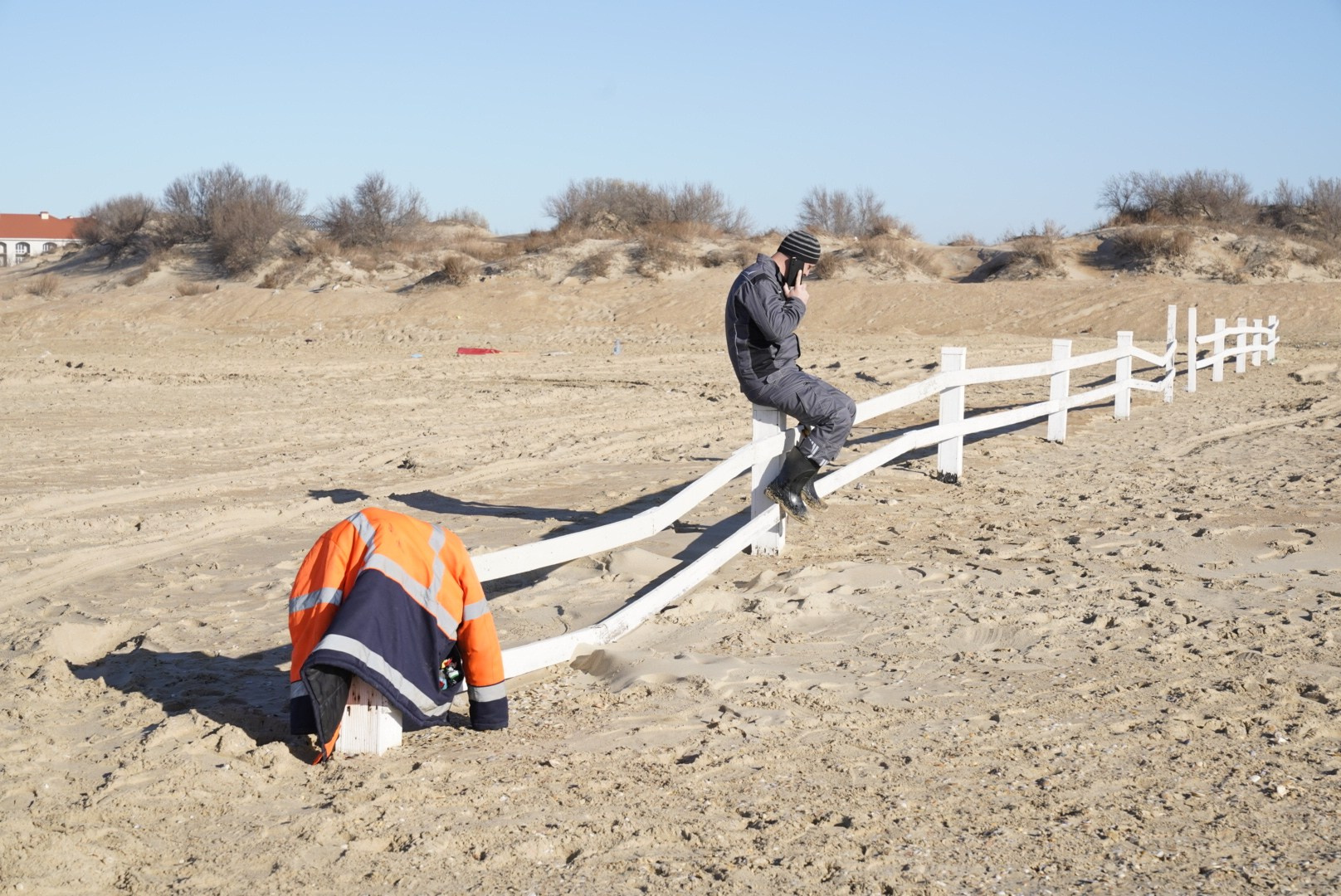
Environmentalist’s opinion on the oil spill and the future of Anapa resorts
I asked a few questions to Yulia Embankment, a certified Master of Ecology, President of the Autonomous Non—Governmental Organization for the Promotion of the Preservation of the Natural, historical and Cultural Heritage of the Western Caucasus. Her opinion on the future of resorts in the Krasnodar Territory will be valuable.Below is a summary of her opinion on this matter."According to satellite images and information on the spot, the leak from the tankers continues. If no action is taken, the situation will only worsen. For the flora and fauna of the Black Sea, this is a very sensitive impact, taking into account the narrow strip of life in which the main biota lives — up to the hydrogen sulfide layer (this is about 150-200 meters from the sea surface). It is unlikely that we will completely lose any kind of marine organisms. And even if the number of some of them drops, it will be temporary, since the pollution is local to the ecosystem of the Black Sea. A global catastrophe is not expected.
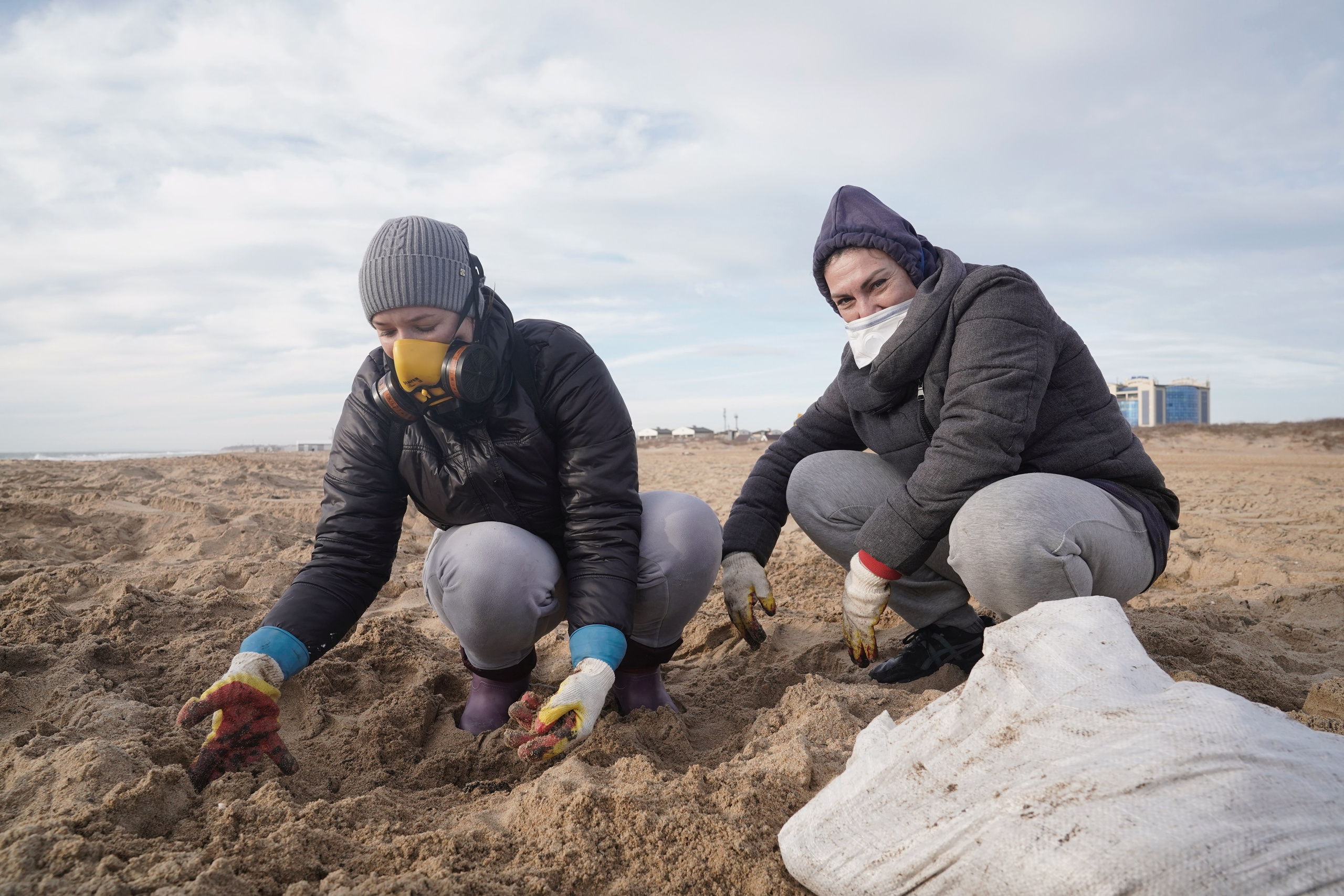
Coastal birds trapped in fuel oil cannot survive on their own. Washed and stabilized birds will need to be overexposed and fed with suitable food until spring molting, as the feathers lose their water-repellent properties after exposure to fuel oil and detergents. Wet plumage does not warm. To let such a bird go is to doom it to death. The effect of fuel oil on dolphins is also quite critical.
The impact of fuel oil washed ashore is also unfavorable for coastal ecosystems. Only two grams of oil and petroleum products per 1 kg of soil make it unsuitable for plant life and soil microflora. There are also consequences that are not obvious at first glance. Firstly, the accumulation and transfer of pollutants (petroleum products) in the food chain, that is, in the tissues of fish, these substances can accumulate and eventually come to our table. Secondly, one liter of oil and petroleum products deprives oxygen of 40 thousand liters of water with their inhabitants. It is the oil film that forms on the surface of the water that is dangerous, depriving its inhabitants of oxygen. Thirdly, the oily substances contained in the fuel oil envelop the gills of the fish, from which they simply suffocate. Fourth, the bottom sediments of petroleum products undermine the food supply.

So far, everything is developing according to a mild scenario — it is known that at least two times the fuel oil washed ashore in the Anapa area (relatively locally). That is, so far the wind has driven the main spot away from the strait, where there is a very large number of birds. It is hoped that the fuel oil will be dragged into the main current of the Black Sea, which will cause it to sink to the depths. This is the best scenario for today. Bacteria that feed on hydrocarbons will be able to process it within 5-10 years.
But there is a possibility that the fuel oil stuck to the bottom near the shore, in the summer seasons, when the water temperature rises, it will rise to the surface and the waves will wash it to the shore. This is a hypothesis, but such an option is also possible then, it is not necessary to talk about a successful season for residents, as earnings depend on the flight season. How it will develop is difficult to predict, even for me, an ecologist, a lot depends on the weather conditions, there are many scenarios. We will observe, eliminate the consequences and believe in the best result.
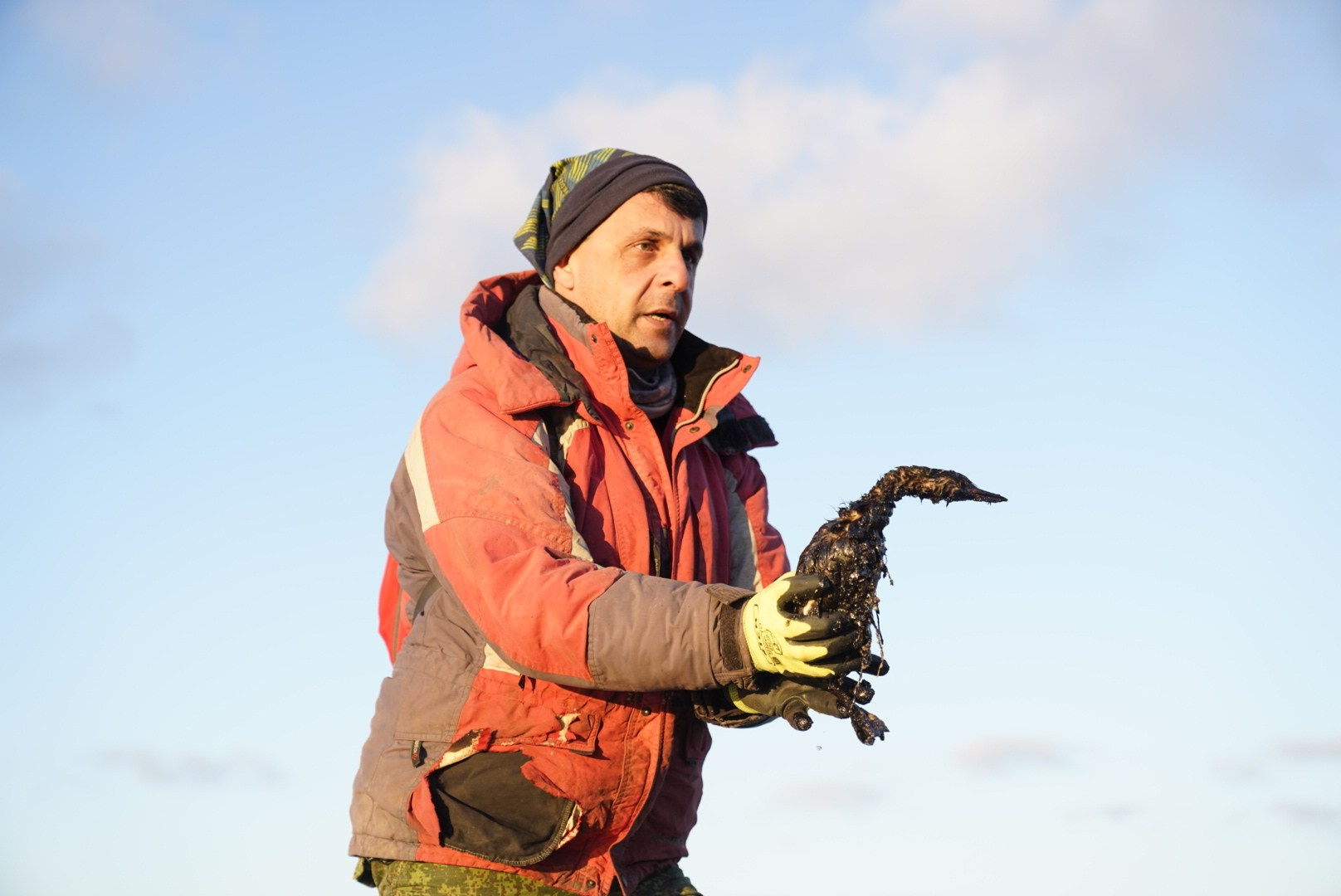
I would like more understanding and cooperation from hoteliers in Anapa and nearby settlements, for example, nonresident volunteers can be accommodated without payment — this is a contribution to future summer seasons for 10 years ahead. The same applies to taxi drivers — profiting from volunteers and skinning them three times for delivery to Anapa is at least short—sighted.”
Result
To put it bluntly, answering the question from the headline of the article, “is everything so bad?”, of course, yes, everything is bad. Both from the side of natural damage and from the perspective of Anapa residents for the upcoming summer season, who are fed by many families. There is hope — these are people who are not indifferent to the problem. If the volunteers don’t lose their passion in a week, a month, and six months, I think we can handle the disaster. Thousands of people involved in the work will be able to overcome at least the main part of the problems.
Danila Povarov
Danila Nabokov — text by
Anna Guselnikova
20.12.2024 — 21.12.2024
